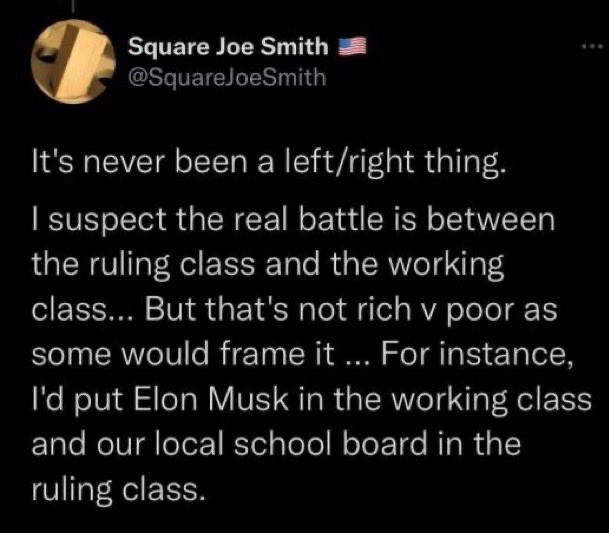Being active on Lemmy, not this one incidence in particular. This is one example showing that the spread of misinformation does not require any sinister force pulling strings.
I have an interest in internet regulation and so read various takes. The spread of mis- and disinformation is a frequent complaint about social media. Often, "The Algorithm" is blamed, rather than human nature. The role of influencers and traditional media tends to be ignored.








Fair. It's certainly an issue that someone like Musk could weaponize Twitter.